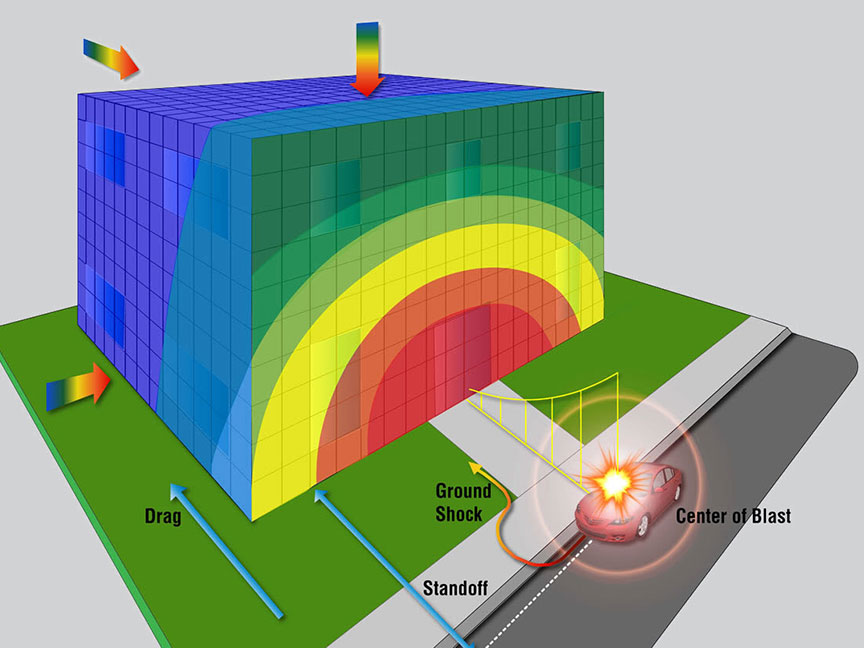
Imagine a security system that blends seamlessly with a building’s design, deterring threats without sacrificing aesthetics. This is the realm of physical security design engineering, a field that merges engineering principles with risk assessment to create secure spaces.
Security threats come in many forms, from theft to vandalism to terrorism. Physical security design engineers conduct risk assessments to identify potential vulnerabilities and design systems to mitigate them. This might involve blast-resistant walls for government buildings or secure storage cages for sensitive materials.
A prevailing myth about the Physical Security design process is that a consultant can begin their involvement with the project after 35% design of the project is complete. This is too late though, as by this time, sites have been selected and laid out, and the building structural and envelope systems have already been selected.
Risk assessment forms the basis for physical security and bomb blast design. Assets should be categorized and prioritized, threats should be identified regarding aggressors and potential tactics, and you must be aware of any vulnerabilities that could be exploited by these aggressors.
How Does Blast Design Minimize Damage?
We routinely conduct peer reviews of both structural and physical security designs on behalf of the federal government. A fundamental concept used in blast design is the Conservation of Energy Principal – energy cannot be created or destroyed. However, a blast can hit a building and transfer its energy, much like a bowling ball knocking down pins.
Unified Facilities Criteria (UFC) 04-010-01 identifies 21 standards that must be considered for physical security and blast design.
These standards include but are not limited to standoff distances, unobstructed space, access roads, parking conditions, progressive collapse, and structural isolation. Standoff distance refers to the intentionally designed physical distance or means by which protection is integrated into facilities, personnel, or any other type of asset from a potential threat.
The UFC defines Progressive Collapse as “The spread of an initial local failure from building element to building element, eventually resulting in the collapse of an entire structure or a disproportionately large part of it.” Progressive Collapse can be prevented by adding redundancy and local hardening to the structural design of the building.
UFC 4-010-01 aim to reduce collateral damages and the scope and severity of mass casualties in buildings in the event of a terrorist attack. It encourages the use of cost effective, implementable, and enforceable means of protecting personnel if such an attack were to happen.
We Provide Blast Design Expertise
As technology evolves, so too does physical security design engineering. Integration with cyber security systems and the use of advanced surveillance techniques are becoming increasingly common. This field is constantly adapting to meet the ever-changing security landscape.
By combining engineering expertise with a keen understanding of security threats, physical security design engineers play a vital role in creating safe and secure environments for people and property.
We not only have in-depth knowledge of physical security and blast design criteria; we have access to interpretations and those who make them. Contact us today to learn more!
